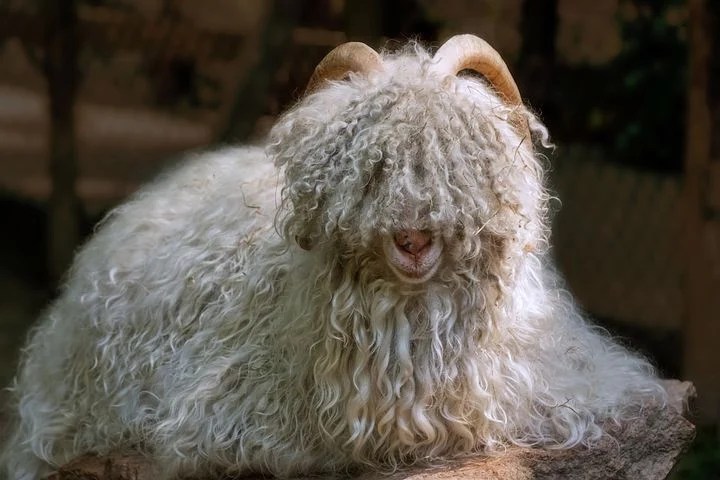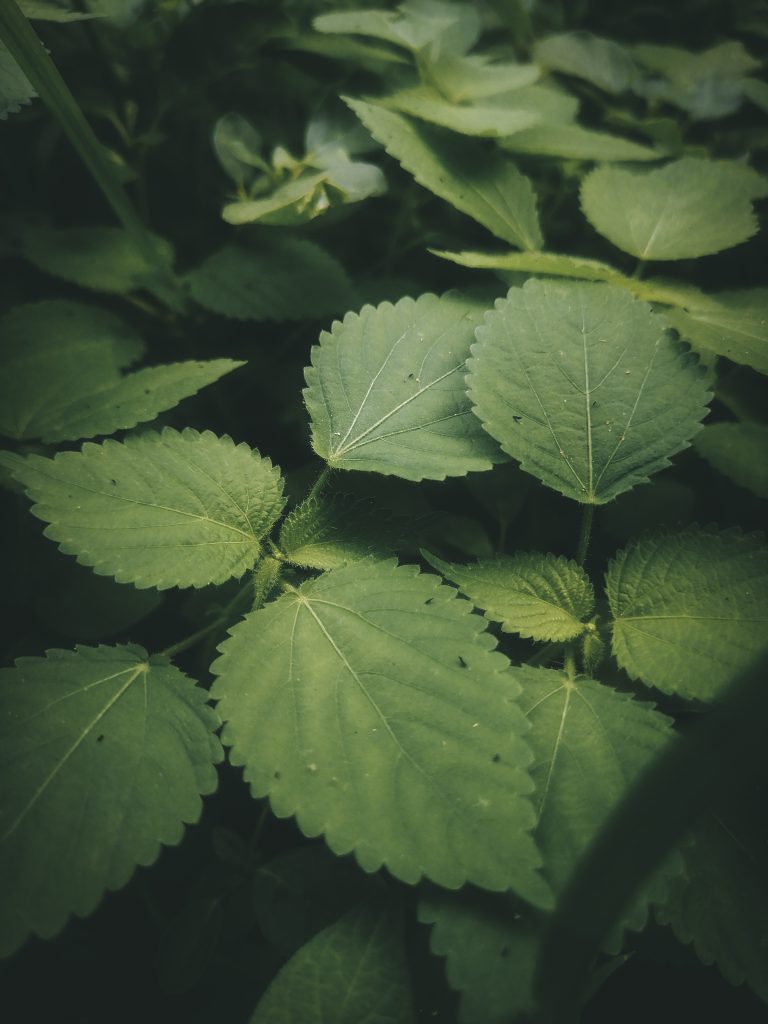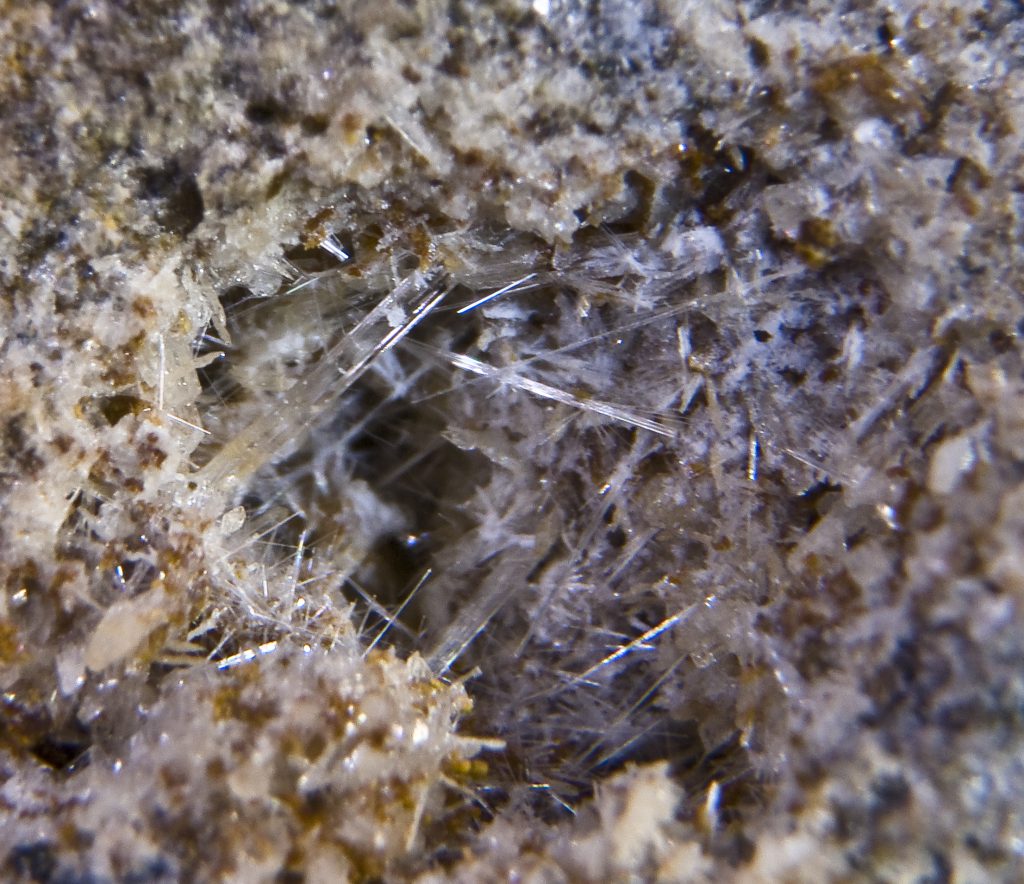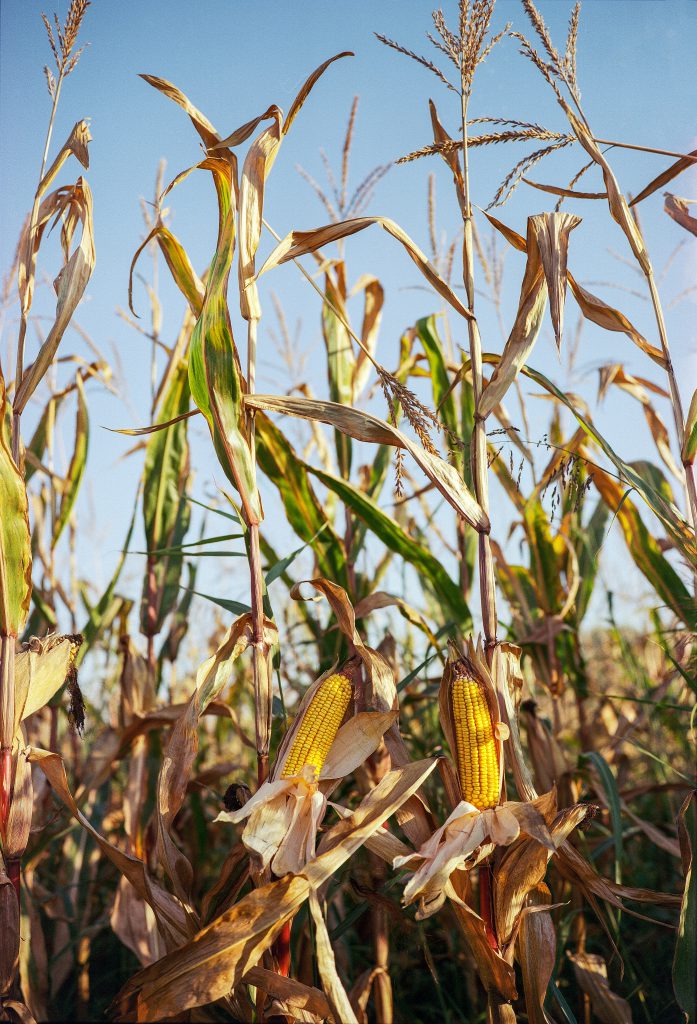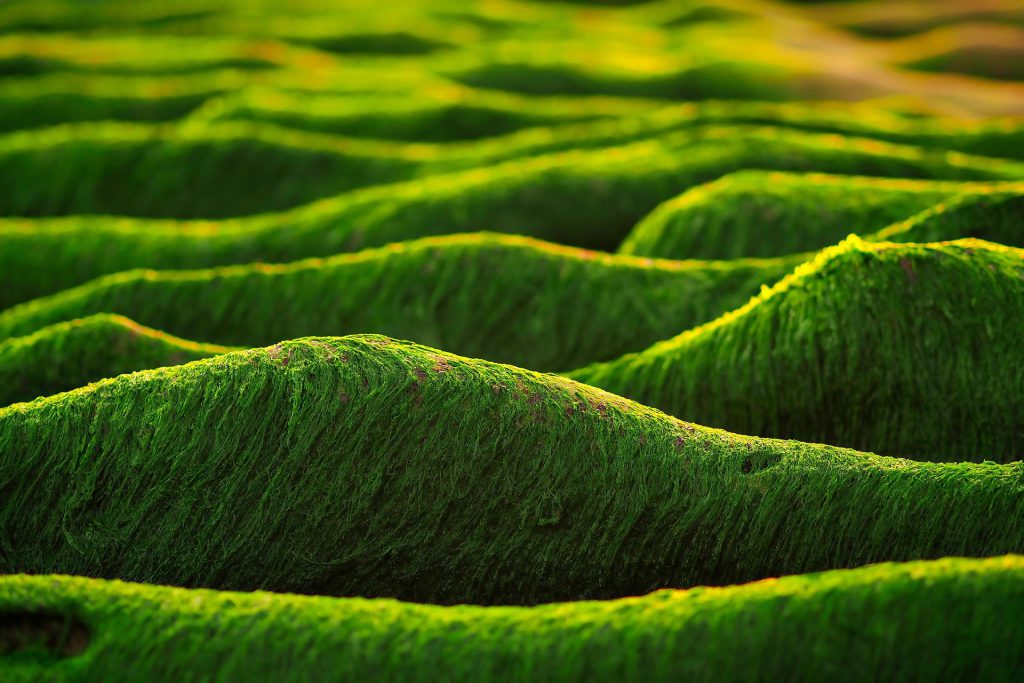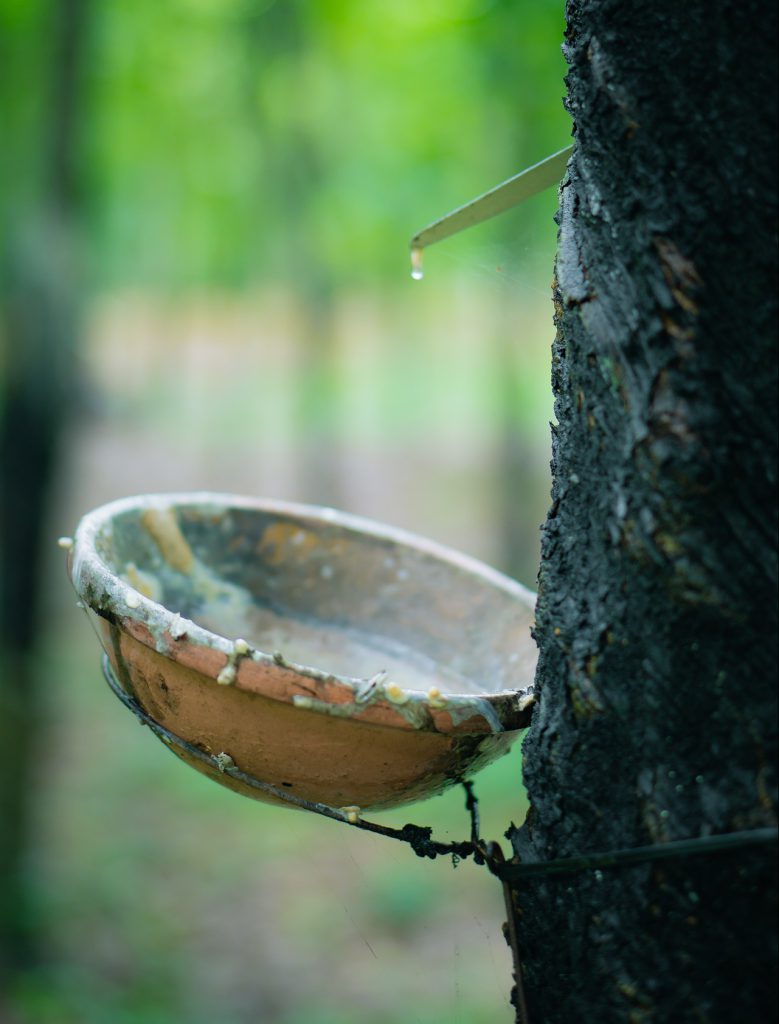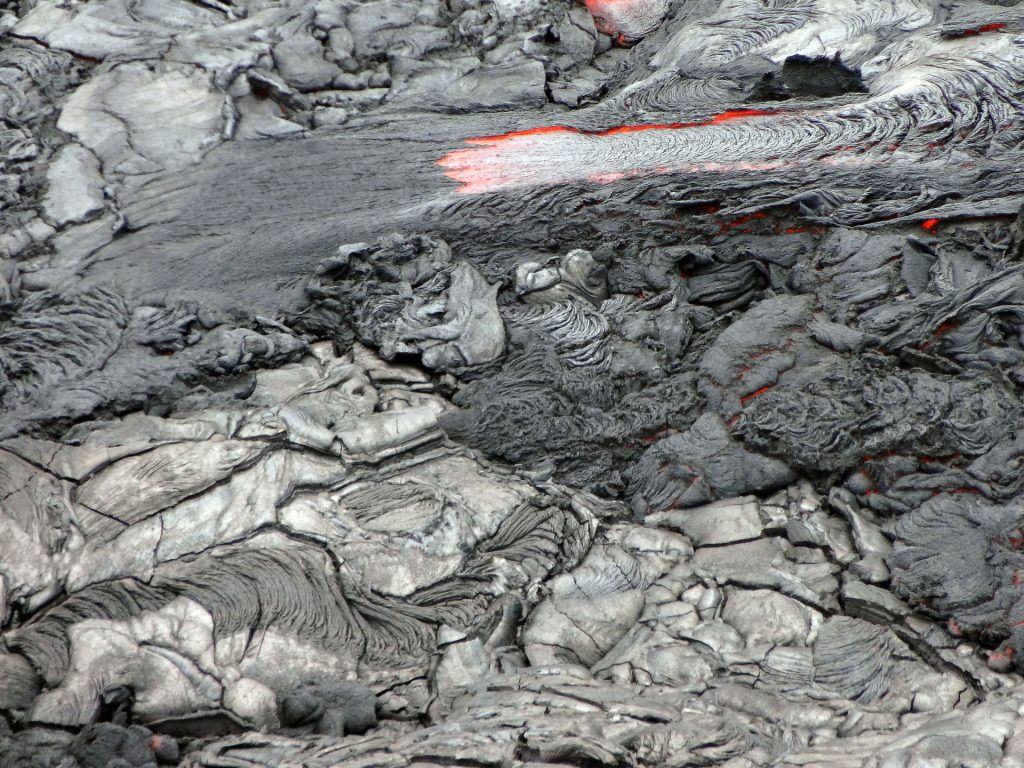Organic synthetic
Fibers of synthetic organic origin come from the petrochemical industry.
Their common characteristics are that they are not very absorbent, therefore they dry quickly, are wrinkle-free, have good mechanical resistance and dissolve in organic solvents.
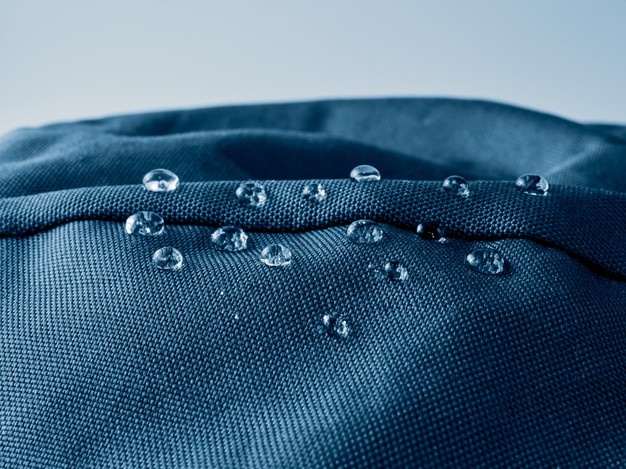
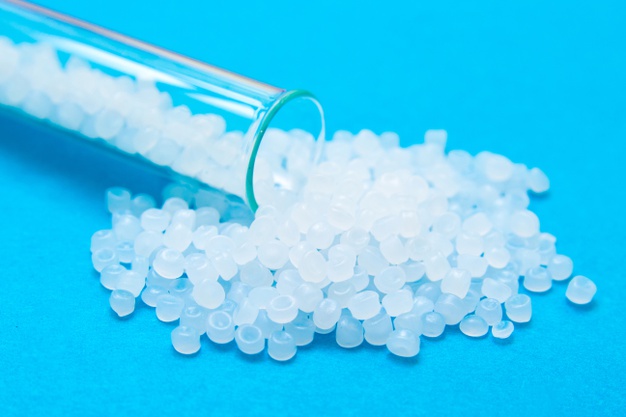
Polyester
- Origin :
Organic synthetic
- Implementation :
It is the result of a chemical reaction by condensation of a carboxylic acid and an alcohol (esterification).
- Location :
USA, Taiwan, China, Japan, South Korea, Germany, Italy, India, Mexico.
- Filaments :
Continuous filaments with variable diameter.
- Use :
Clothing, stuffing, industry, sportswear, automotive, geotextiles, agriculture, building, food packaging, composites, transports.
- Features :Breaking resistance, anti-abrasion, elastic, wrinkle-free, antiUV, easy care, hydrophobic, absorbs odors
- Weaknesses :
Rough, pilling, hard to dye
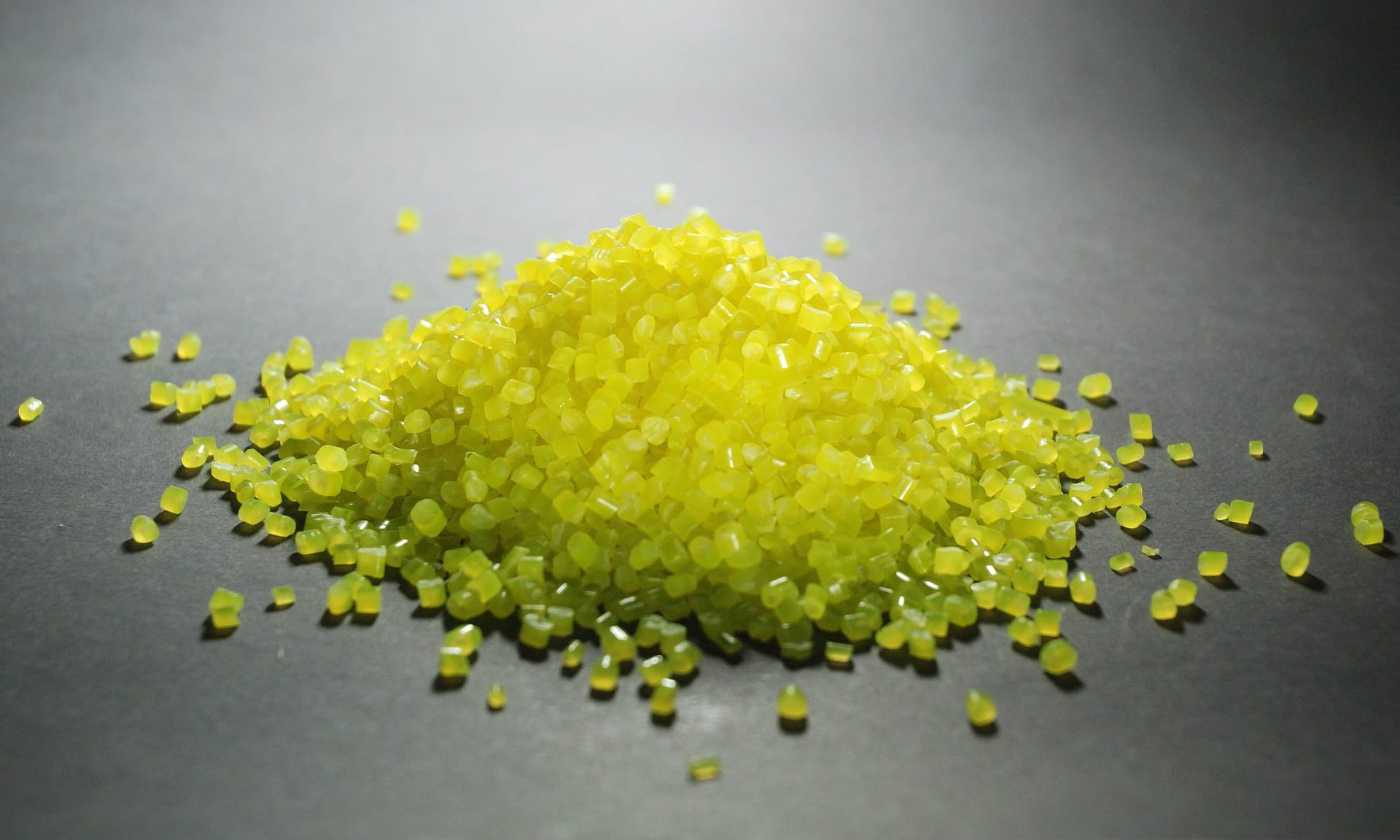
Polyamide
- Origin :
Organic synthetic
- Implementation :
It is the result of a chemical reaction by polycondensation of a diacid and a diamine, of an amino acid on itself, or of a polymerization of a lactam.
- Location :
USA, Taiwan, China, Japan, South Korea, Germany, Italy, India, Mexico
- Filaments :
Continuous filaments with variable diameter.
- Use :
Clothing, tights, swimwear, sportswear, lingerie, outdoor clothing, sleeping bags, airbags, carpets and rugs, ropes, sail making, industry
- Features :Breaking resistance, ageing resistant, resistance to chemical agents, non-flammable, rot-proof, elastic, easy care, quick drying, soft, light, thermal insulation, acoustic insulation, electrical insulation, hydrophobic
- Weaknesses :
UV sensitive, heat sensitive, electrostatic
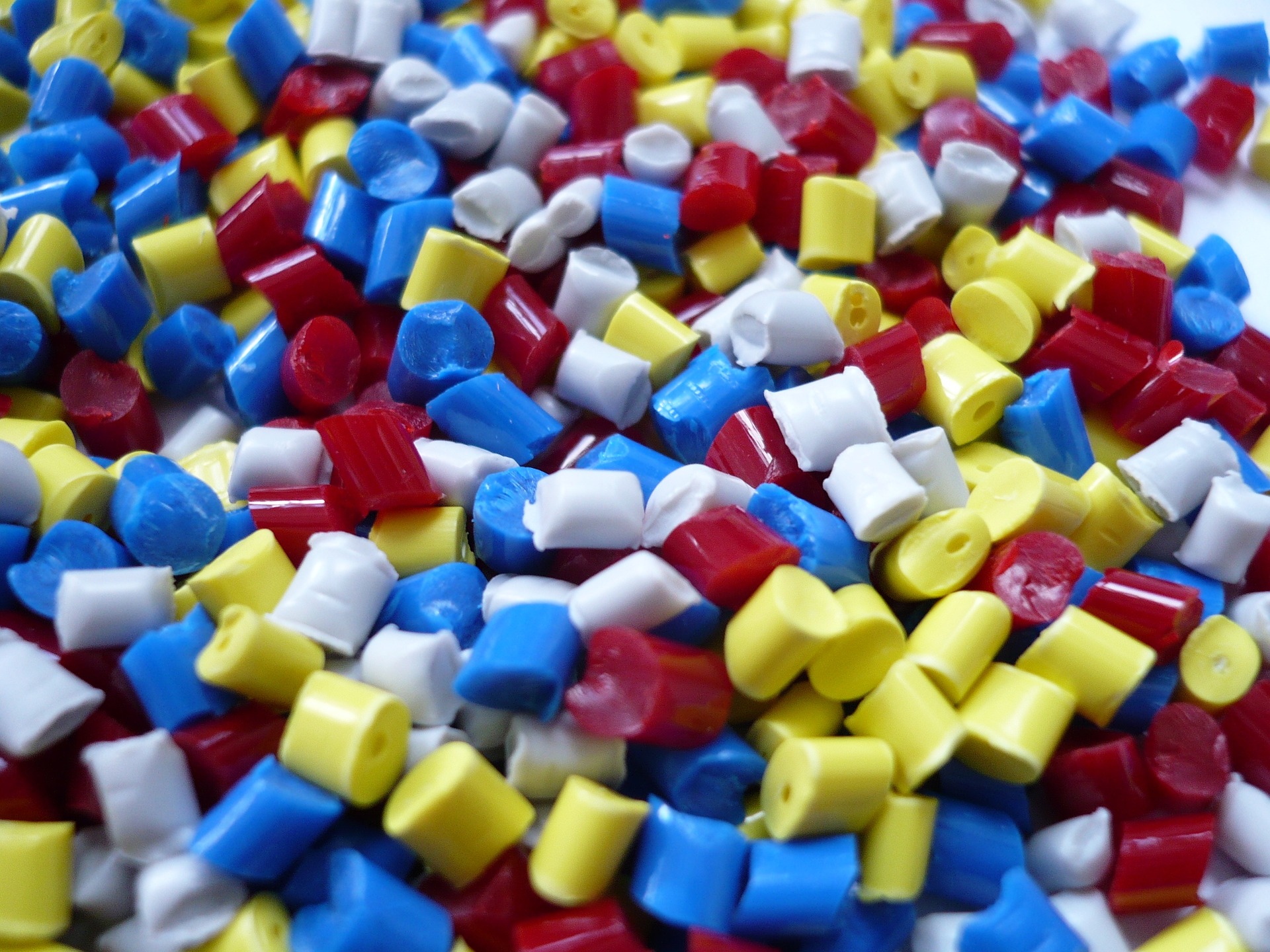
Polyethylene
- Origin :
Organic synthetic
- Implementation :
It is the result of the polymerization of ethylene monomers. Polyethylene belongs to the family of polyolefins, resulting from petrochemistry. It is a thermoplastic.
- Location :
Belgium, Germany, Netherlands, Italy, Spain, UK, Saudi Arabia.
- Filaments :
Continuous filaments with variable diameter.
- Use :
Medical, safety, building, clothing, packaging, composites.
- Features :Scratch resistant, anti-shocks, acoustic insulation, electrical insulation, anti-abrasion, ageing resistant, resistance to chemical agents, wrinkle-free, light, quick drying, hydrophobic
- Weaknesses :
Does not dye (in the mass only), sensitive to UV, greasy touch

Polypropylene
- Origin :
Organic synthetic.
- Implementation :
It is the result of the polymerization of propylene monomers (gas, by-product of petroleum distillation). It is a thermoplastic.
- Location :
China, USA, Canada, Mexico, India, South Korea, Japan, Thailand.
- Filaments :
Continuous filaments with variable diameter.
- Use :
Automotive, nonwovens, composites, medical, packaging, furniture, clothing, geotextiles, ropes, carpet, building, filtration, safety, PPE.
- Features :Anti-abrasion, fatigue resistant, resistant to high temperatures, resistance to chemical agents, hydrophobic, wrinkle-free, thermal insulation, electrical insulation, rot-proof, light, non-toxic, tear-resistant, recyclable
- Weaknesses :
Does not dye (only in the mass), sensitive to UV, greasy touch, brittle at low temperature, polluting.
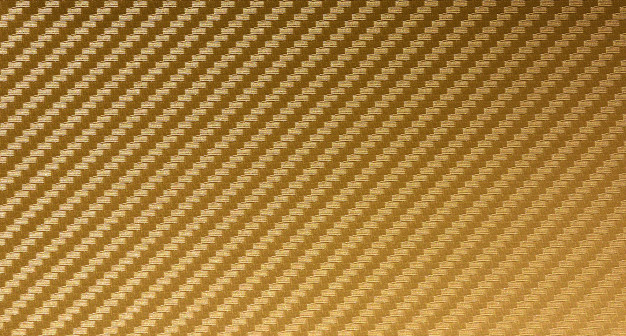
Aramid
- Origin :
Organic synthetic. There are meta-aramid (Nomex, Conex, Kermel) and para-aramid (Kevlar, Twaron). Para-aramids (yellow color) have better mechanical properties and are generally used for bulletproof vests and cut resistant gloves for exemple. Meta-aramids are equally fire resistant, have lower mechanical properties but are softer and more elastic and can be dyed. They are more present in PPE and firefighter outfits for example.
- Implementation :
Polymerization reaction of aromatic diamines with aromatic acid dichlorides, dissolved in sulfuric acid, wet-spun and coagulated in water.
- Location :
France, Netherlands, Japan, China.
- Filaments :
Continuous filaments of 12 to 15 µm in diameter.
- Use :
Safety (bullet-proof vests, helmets, etc.), tires, sports equipment, nautical, ropes, aeronautical, aerospace, construction, composites, transports, automotive.
- Features :Breaking resistance, thermal stability, light, absorbs vibrations, damping, fireproof, anti-shocks, ageing resistant, resistant to organic solvents, electrical insulation, rigid
- Weaknesses :
UV sensitive, low compressive strength, moisture sensitive, low compatibility with resins, difficult to machine, does not stain, high moisture absorption.
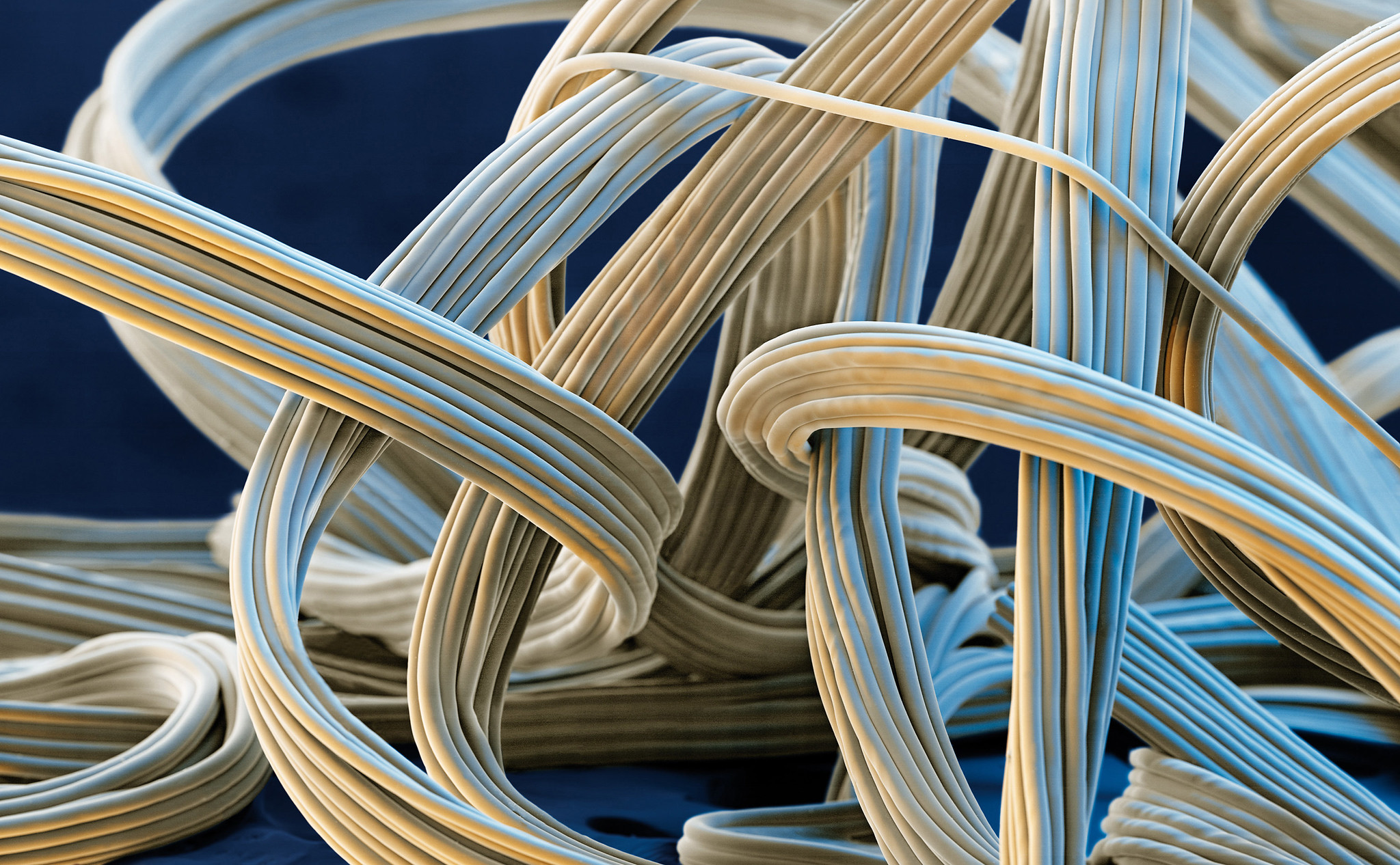
Polyurethane or Elasthane or Lycra®
- Origin :
Organic synthetic. It is a thermoplastic of the elastomer family.
- Implementation :
Polymerization of urethane, it is a polyaddition of an isocyanate and an alcohol.
- Location :
France, Germany, Italy, Belgium, Turkey, Spain, China, Poland, Bulgaria, Croatia, Hungary, Lithuania, Netherlands, United States, United Kingdom, Republic of Serbia, Romania, Slovakia.
- Filaments :
Continuous filaments with variable diameter.
- Use :
Clothing, beachwear, underwear, sportswear, medical, furniture, transport, automotive, construction, boating, industry, space.
- Features :Elastic, anti-abrasion, resistance to chemical agents, light, very thin yarns possible, thermal insulation
- Weaknesses :
Sensitive to UV, heat and chlorine, yellowing.

Acrylic
- Origin :
Organic synthetic, it designates the materials composed of at least 85% of acrylonitrile motif, coming from the petrochemical industry.
- Implementation :
Produced by the polyaddition of acrylonitrile monomer.
- Location :
Produced by China, India, Taiwan, Indonesia.
- Filaments :
Continuous filaments with variable diameter.
- Use :
Clothing, underwear, outdoor, fake fur, furniture, industry, floor coverings.
- Features :Pleasant, thermal insulation, hydrophobic, quick drying, light, wrinkle-free, no shrinkage, easy to dye, antiUV
- Weaknesses :
Pilling, brittle, retains odors, average resistance to rubbing and abrasion, turns yellow over time, releases toxic gases during combustion
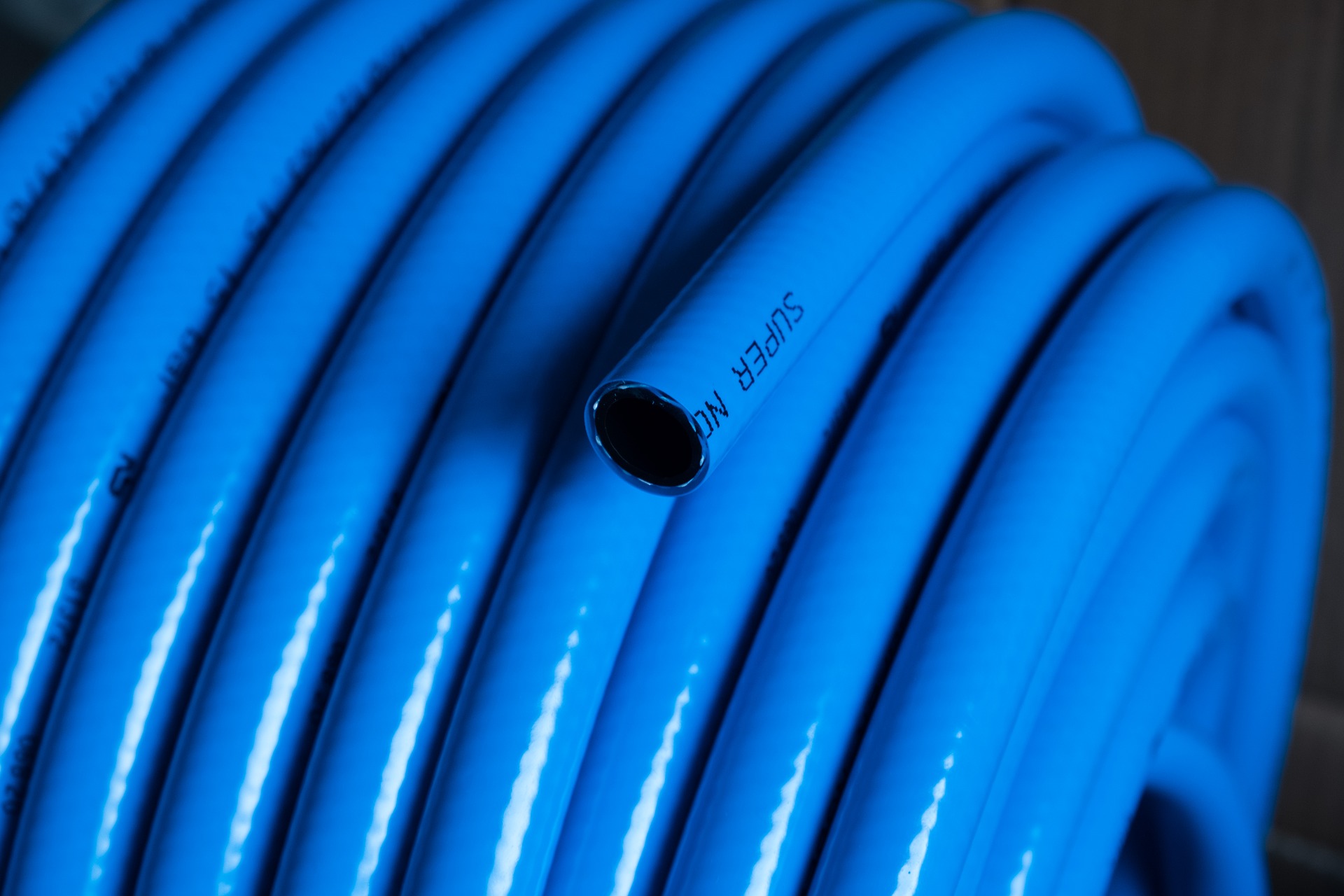
Chlorofiber or Rhovyl / PVC
- Origin :
Organic synthetic.
- Implementation :
It is made from polyvinyl chloride (PVC), obtained by polyaddition of vinyl chloride. It is necessary to stabilize it by a heat treatment. PVC is derived from sea salt, coal and oil.
- Location :
France.
- Filaments :
Continuous filaments with variable diameter.
- Use :
Clothing, underwear, medical, hygiene products, stuffing, fake furs, events, show seats, furniture, professional clothing.
- Features :Resistance to chemical agents, thermal insulation, acoustic insulation, electrical insulation, hydrophobic, antifungal, light, elastic, soft, wrinkle-free, electrostatic, fireproof, quick drying, oleophilic (absorbs oils)
- Weaknesses :
Releases toxic combustion fumes, sensitive to heat, UV and chlorine, dissolves in acetone.
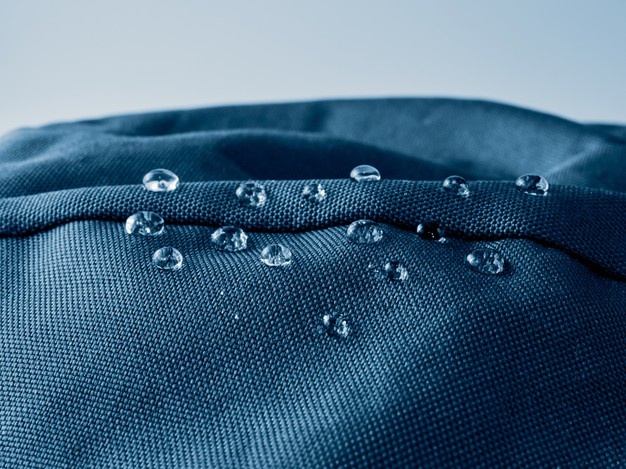
Fluorofiber or PTFE or Teflon®
- Origin :
Organic synthetic, from fluorinated gases.
- Implementation :
Manufactured by polymerization of fluorocarbon aliphatic monomers.
- Location :
China, Saudi Arabia, India, USA, Italy, Germany, Netherlands, Russia.
- Filaments :
Continuous filaments with variable diameter.
- Use :
Industry, building, clothing, sportswear, outdoor, automotive, medical.
- Features :Resistance to chemical agents, resistance to chemical agents, base resistant, heat resistant, electrical insulation, elastic, water repellent, waterproof
- Weaknesses :
Low stress resistance, difficult to implement, printing and gluing impossible.
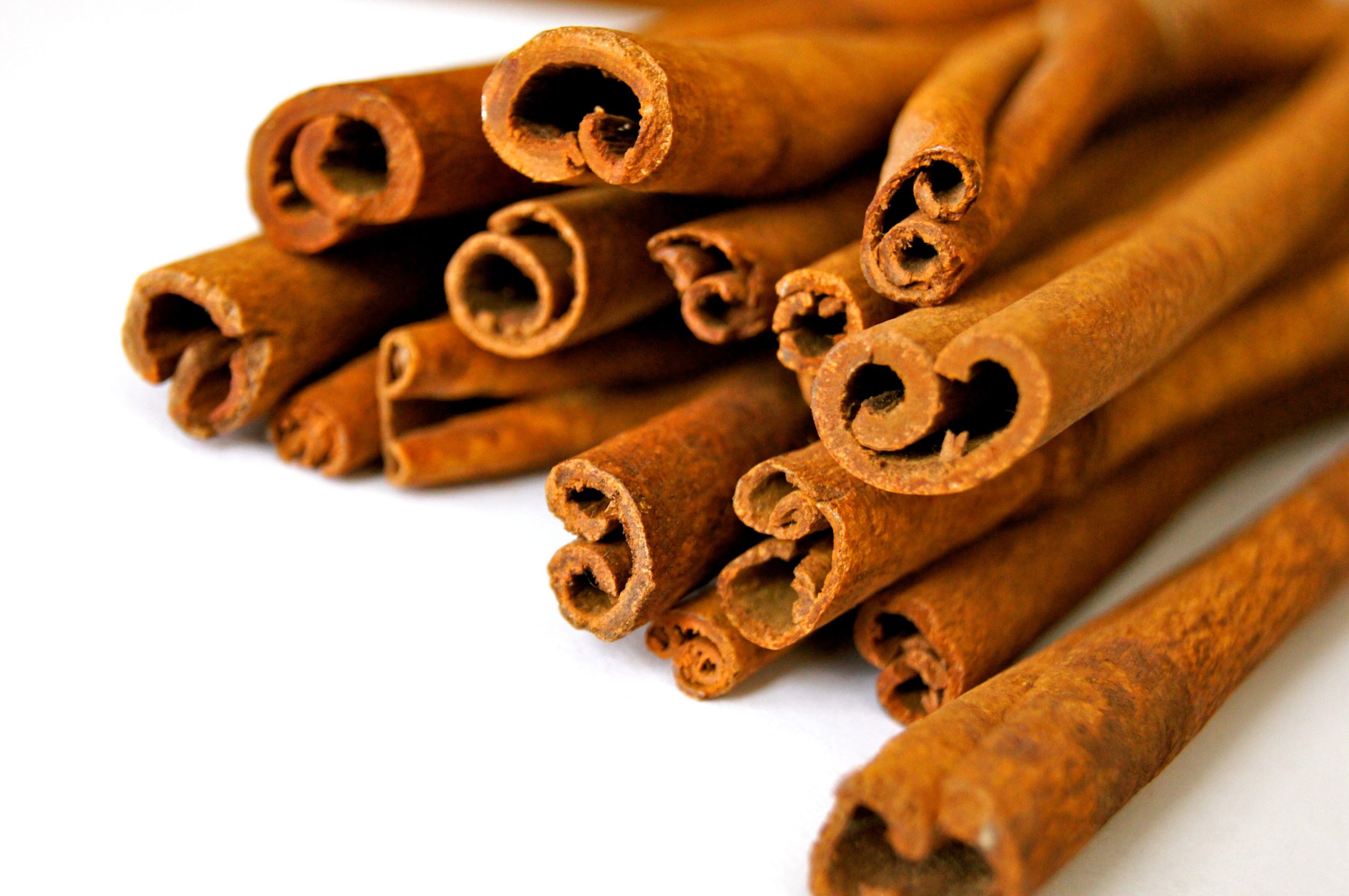
Cinnamon and almond fiber
- Origin :
Synthetic fiber incorporating cinnamon and almond in the mass.
- Implementation :
Almonds and cinnamon are powdered to be incorporated into polymer granules and spun.
- Location :
Taiwan.
- Filaments :
Continuous filaments with variable diameter.
- Use :
Clothing, medical, sportswear.
- Features :Antibacterial, hydrophilic
- Weaknesses :
Non-industrialised.
